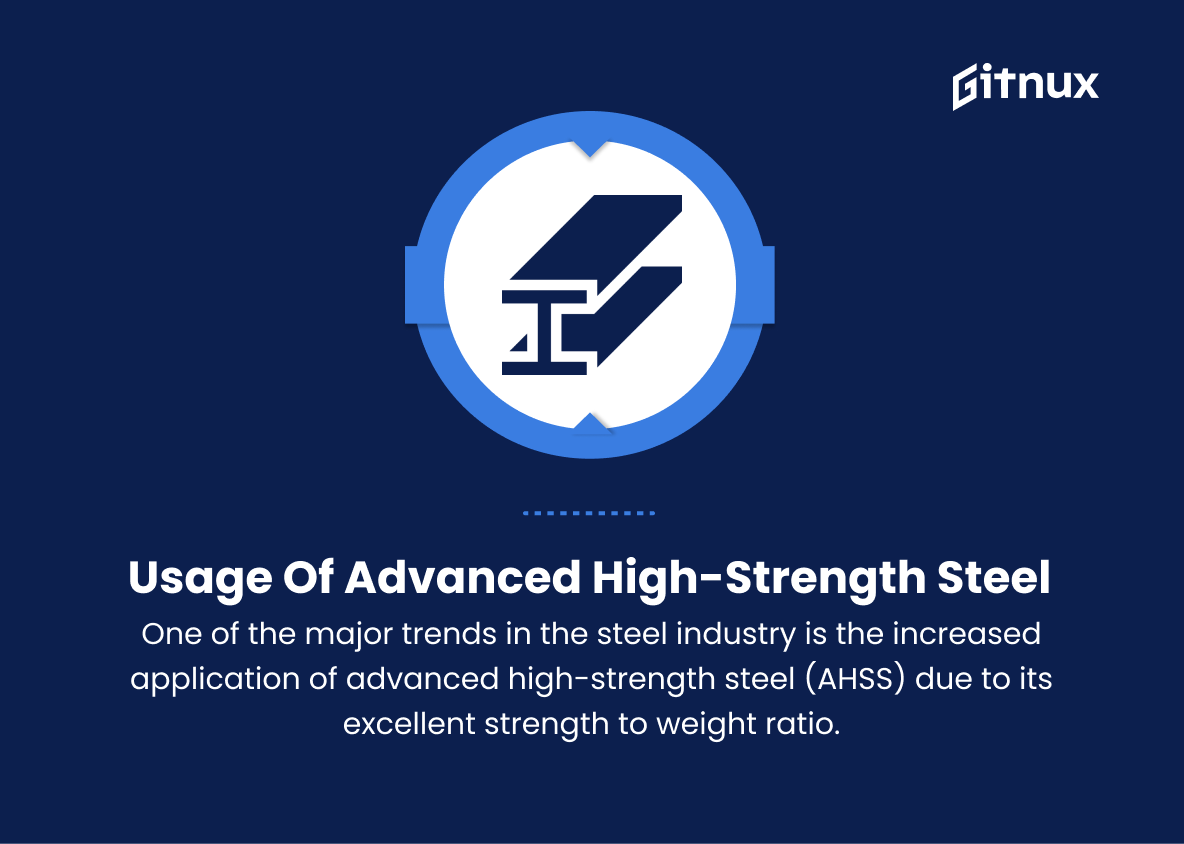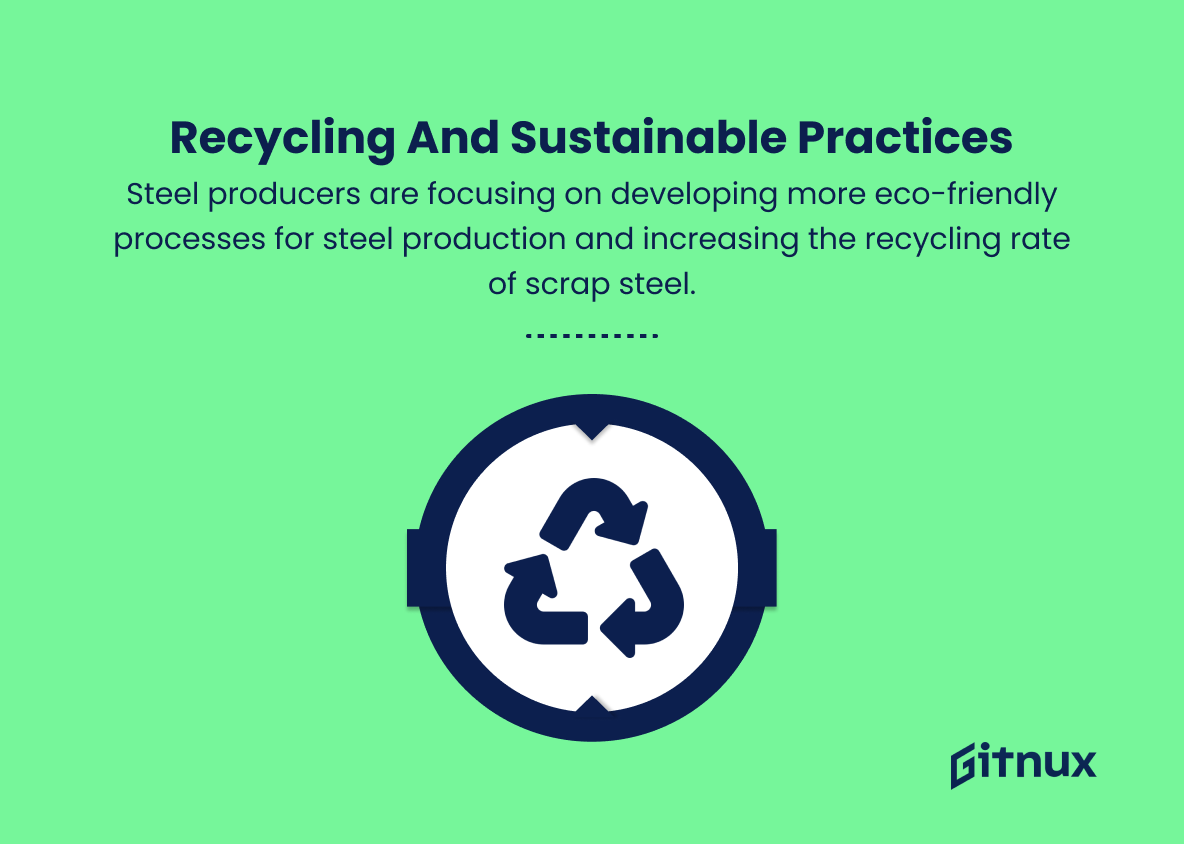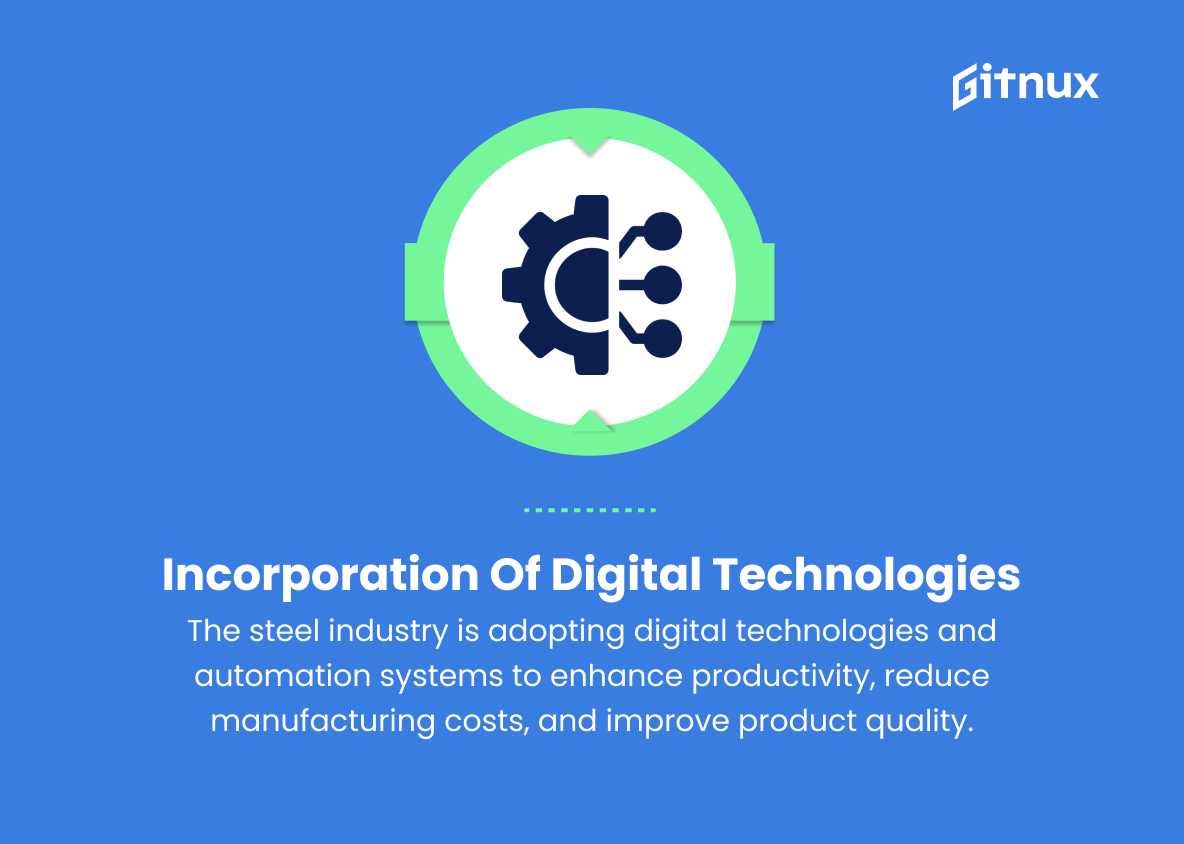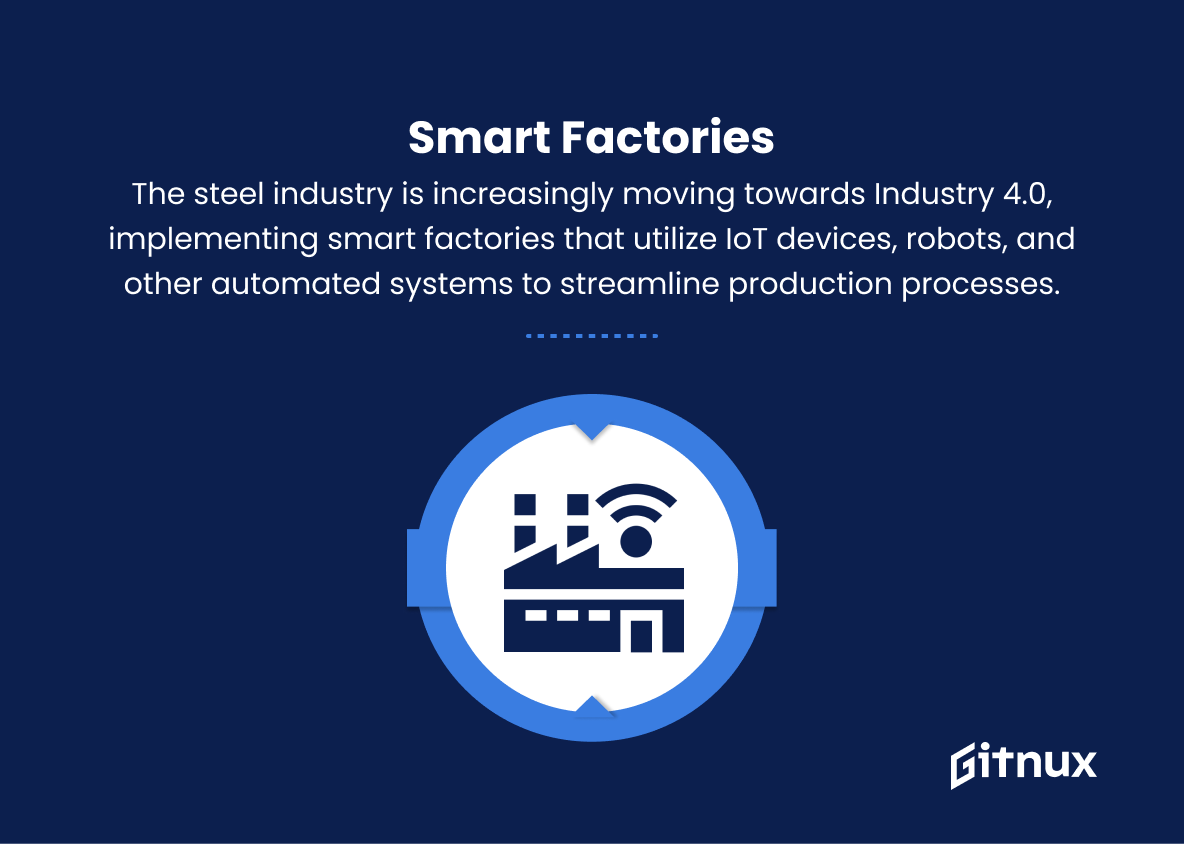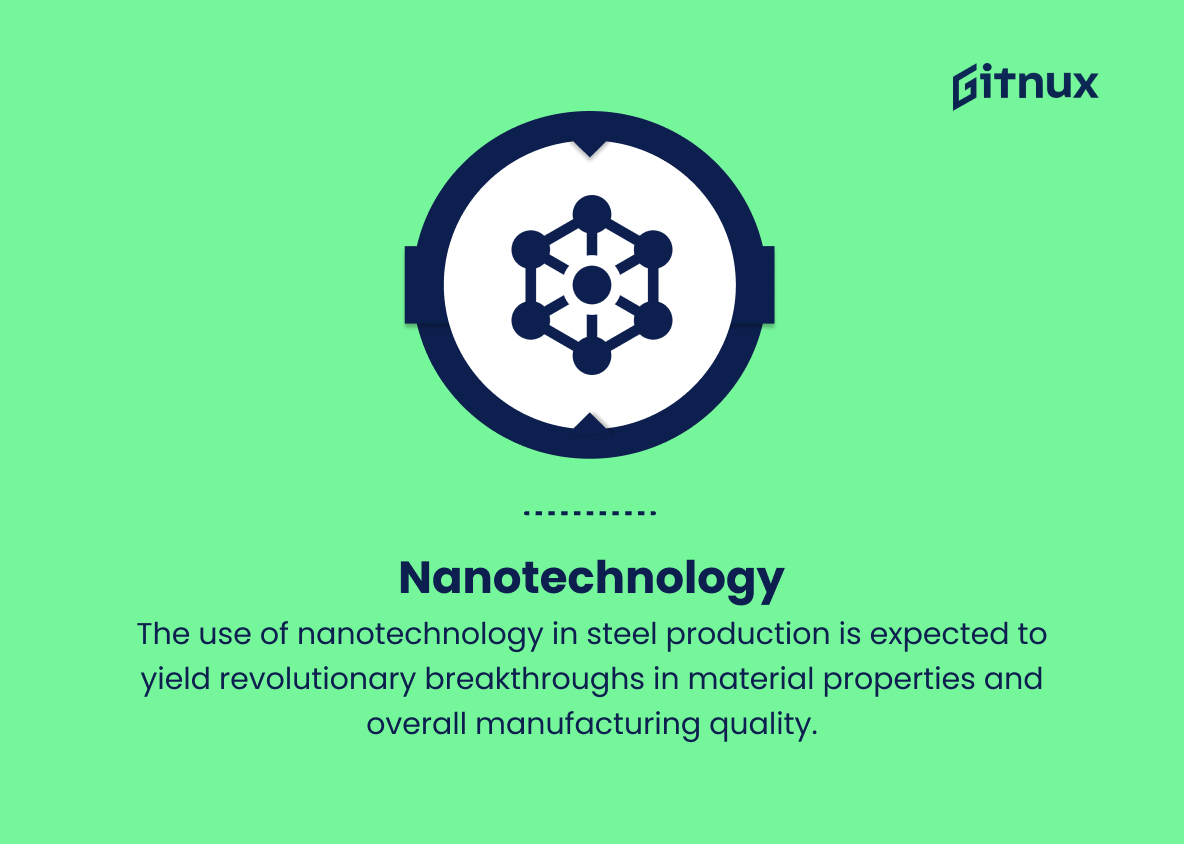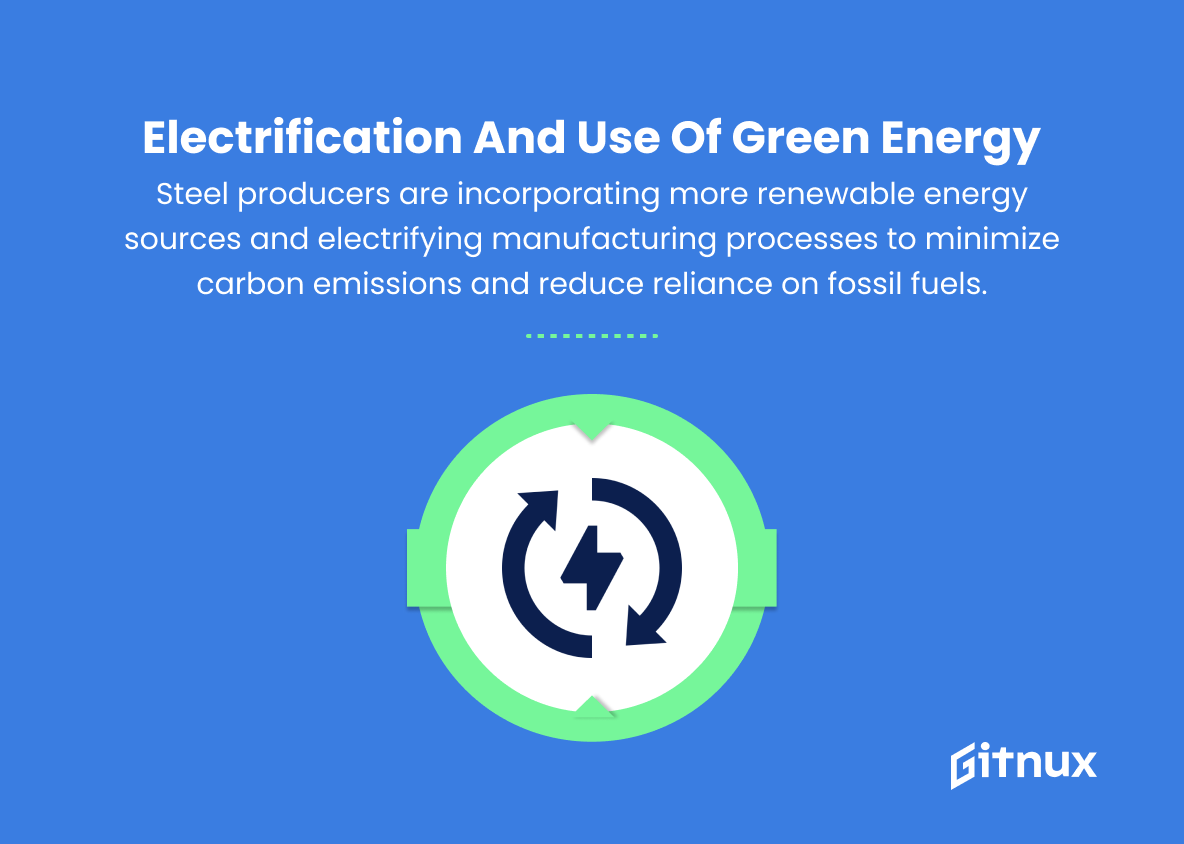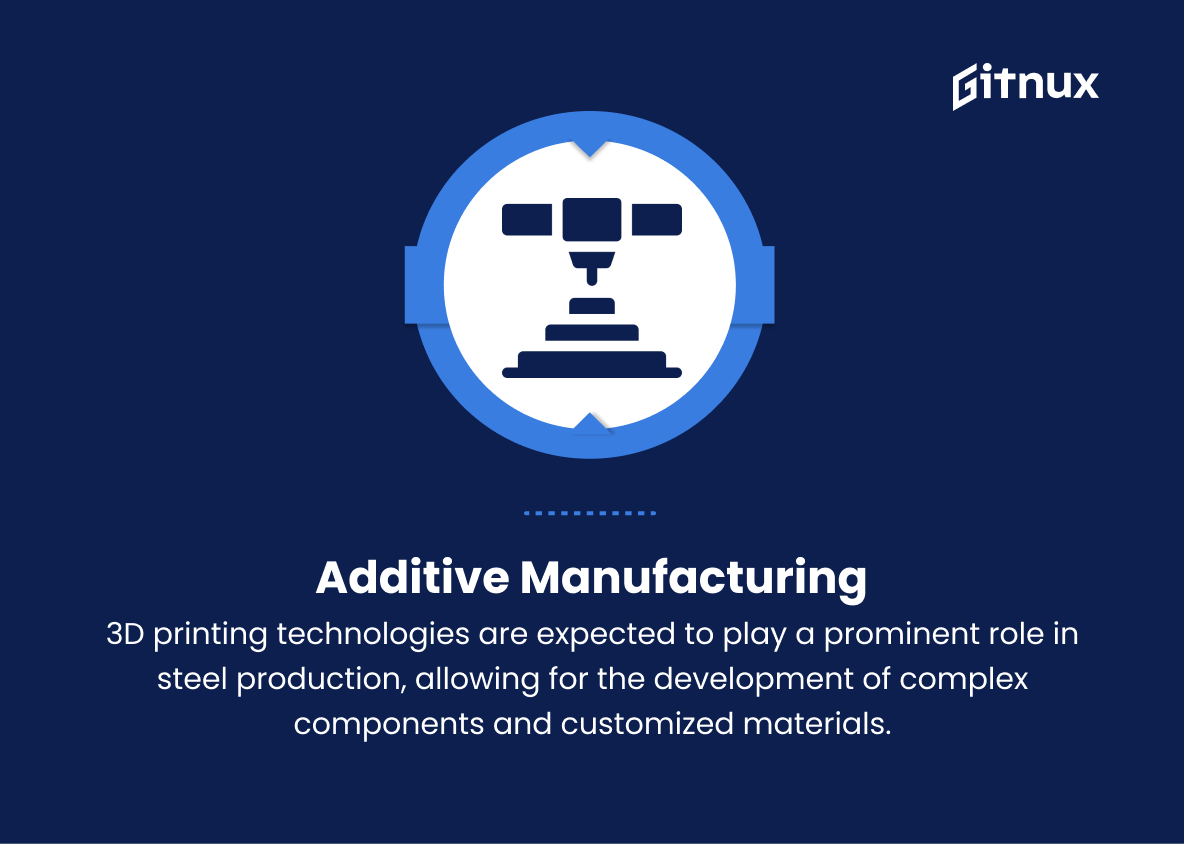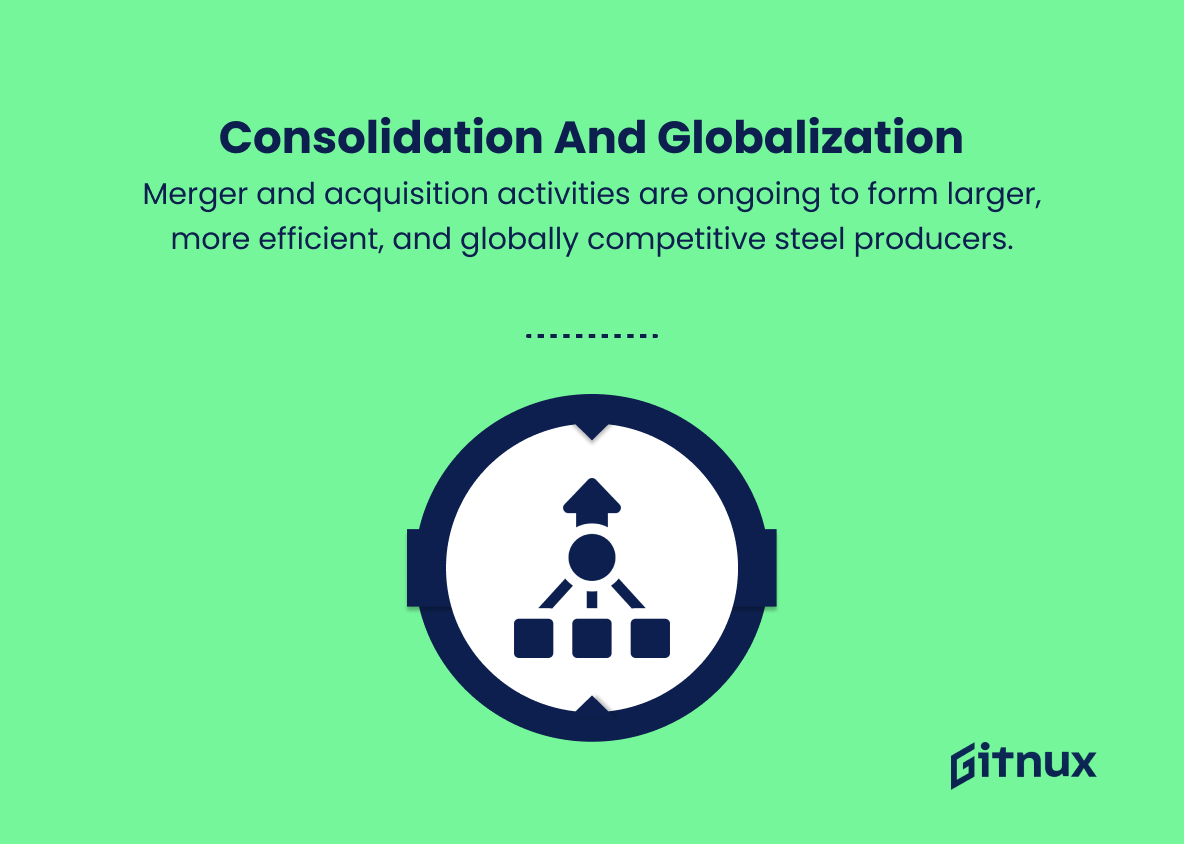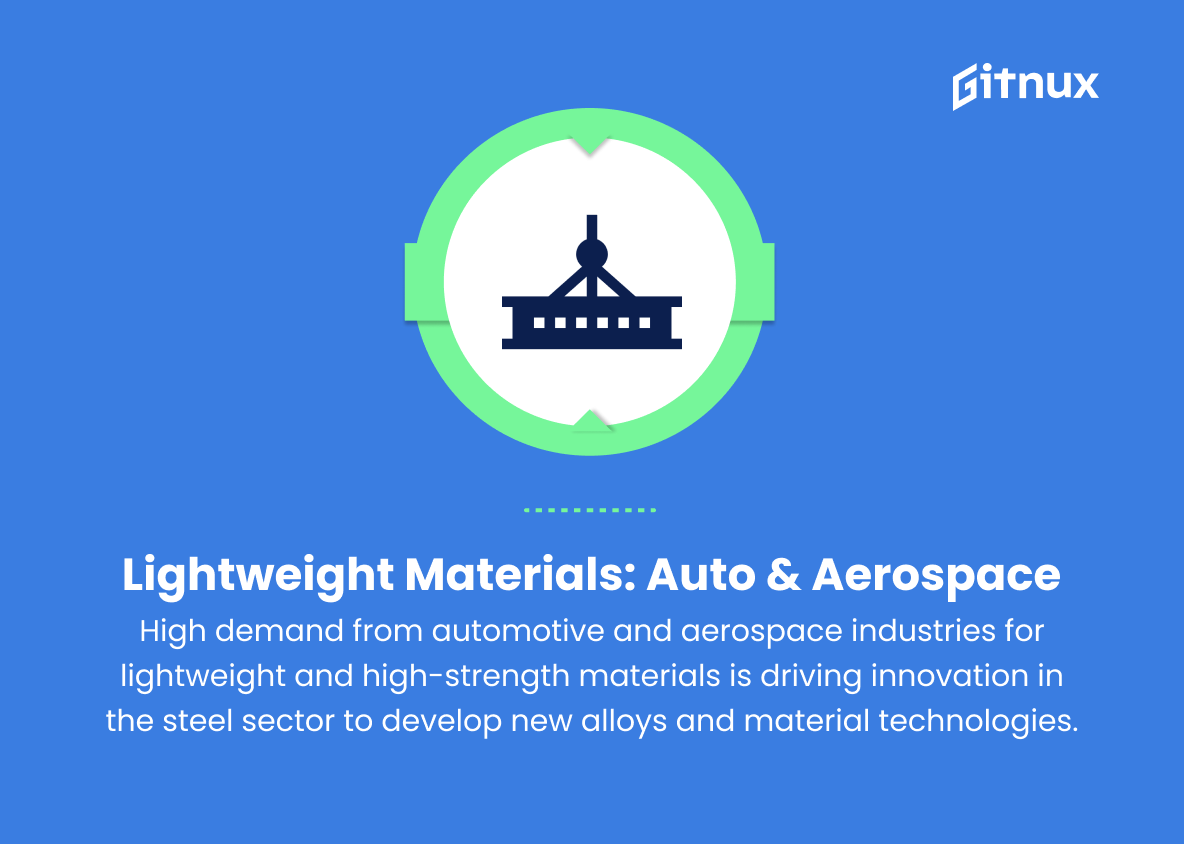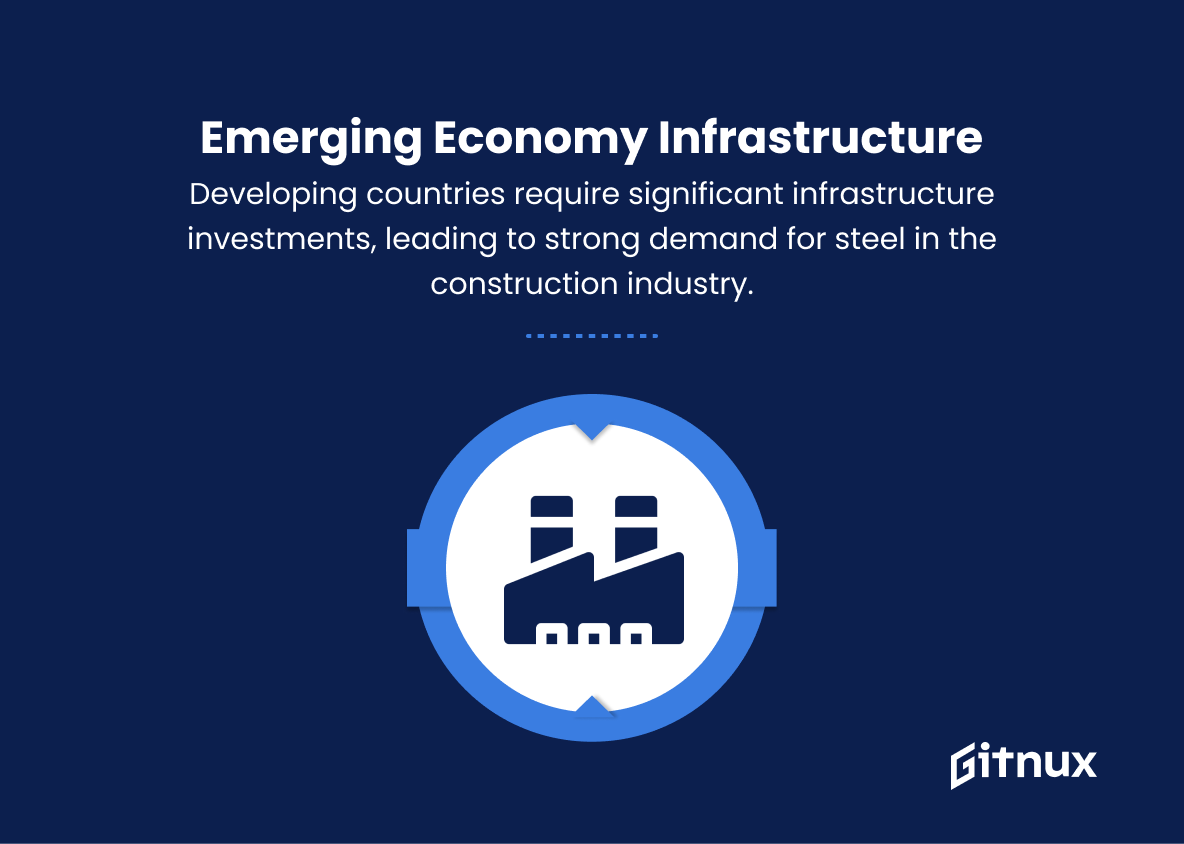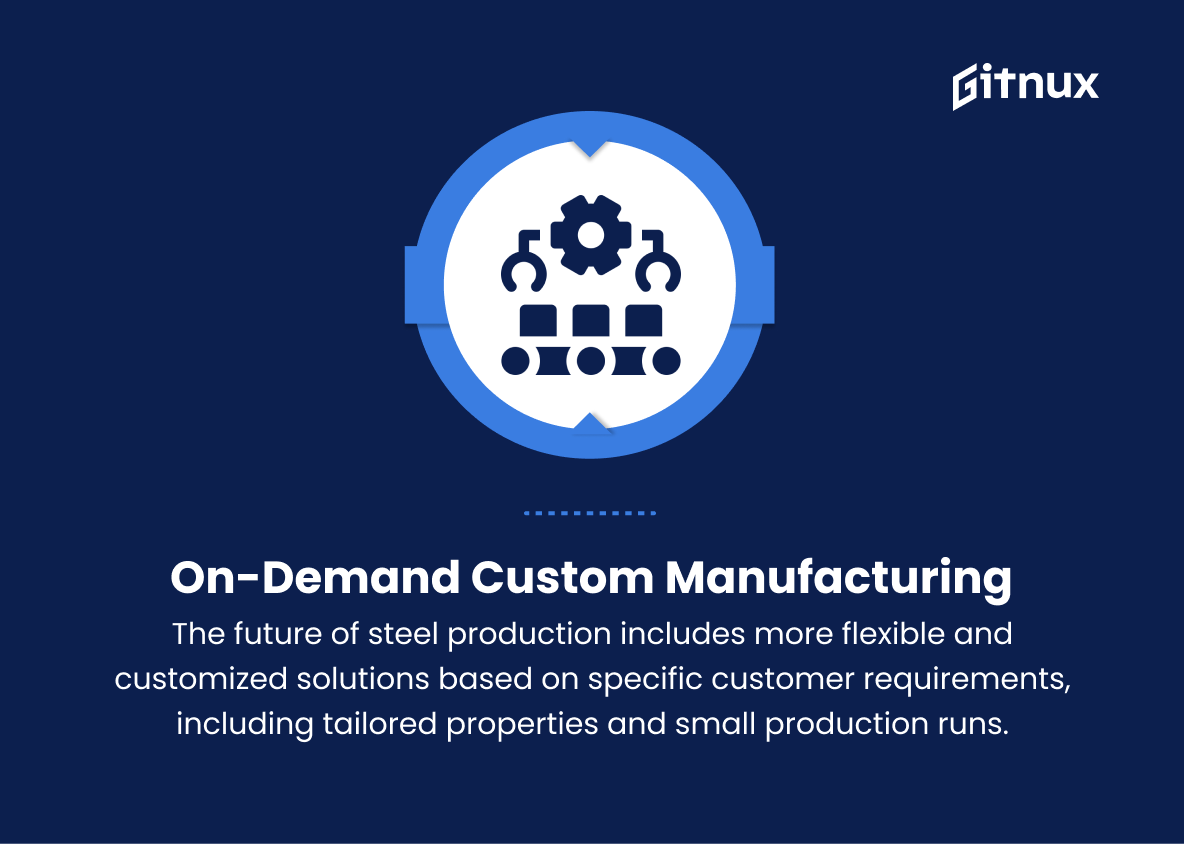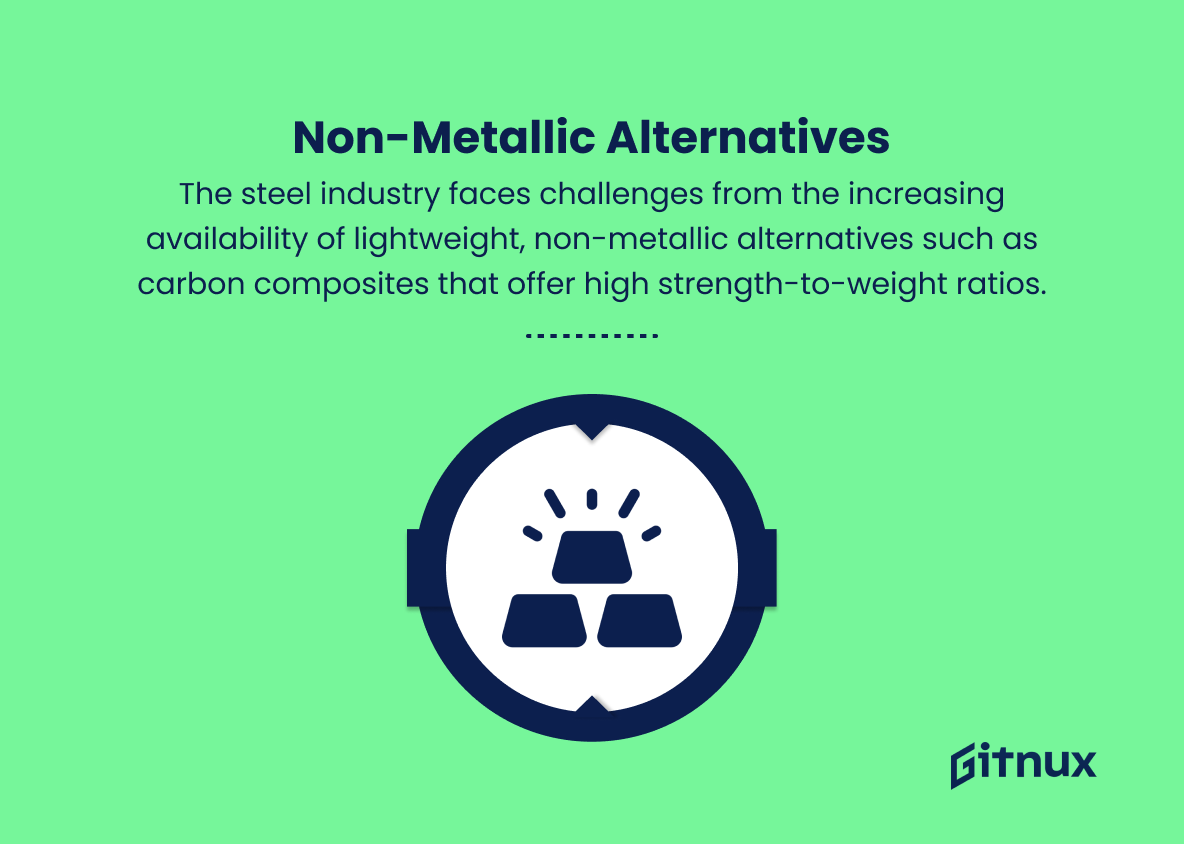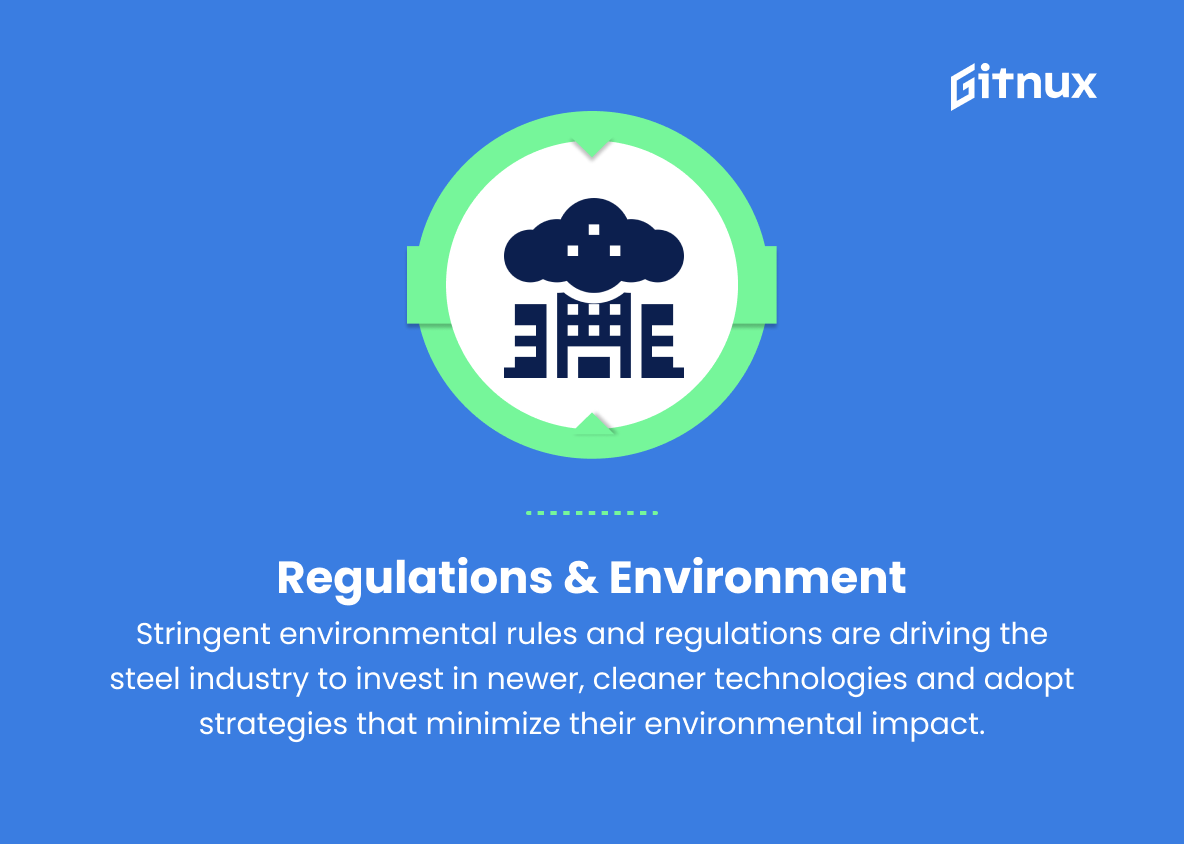As the backbone of modern industrial development, the steel industry has played a critical role in shaping our world. From towering skyscrapers to intricate infrastructure projects, steel is the foundation upon which progress has been built.
As such, keeping a keen eye on the trends shaping this vital sector is integral to gaining a holistic understanding of the current economic climate and predicting future market trajectories.
In this blog post, we delve deep into the complexities of the steel industry, exploring the latest trends, advancements, and challenges facing it.
By analysing both historical data and current market conditions, we aim to shed light on the factors influencing the steel industry and paint a comprehensive picture of the road ahead. So, let’s take a step into the world of steel and unearth the forces shaping its future.
Top Steel Industry Trends
1. Usage of Advanced High-strength Steel (AHSS)
One of the major trends in the steel industry is the increased application of advanced high-strength steel (AHSS) due to its excellent strength to weight ratio.
2. Recycling and sustainable practices
Steel producers are focusing on developing more eco-friendly processes for steel production and increasing the recycling rate of scrap steel.
3. Incorporation of digital technologies
The steel industry is adopting digital technologies and automation systems to enhance productivity, reduce manufacturing costs, and improve product quality.
4. Smart factories
The steel industry is increasingly moving towards Industry 4.0, implementing smart factories that utilize IoT devices, robots, and other automated systems to streamline production processes.
5. Nanotechnology
The use of nanotechnology in steel production is expected to yield revolutionary breakthroughs in material properties and overall manufacturing quality.
6. Electrification and use of green energy
Steel producers are incorporating more renewable energy sources and electrifying manufacturing processes to minimize carbon emissions and reduce reliance on fossil fuels.
7. Additive Manufacturing
3D printing technologies are expected to play a prominent role in steel production, allowing for the development of complex components and customized materials.
8. Consolidation and globalization
Merger and acquisition activities are ongoing to form larger, more efficient, and globally competitive steel producers.
9. Lightweight materials for automotive and aerospace sectors
High demand from automotive and aerospace industries for lightweight and high-strength materials is driving innovation in the steel sector to develop new alloys and material technologies.
10. Demand for infrastructure in emerging economies
Developing countries require significant infrastructure investments, leading to strong demand for steel in the construction industry.
11. Industry-specific steel grades
Steel producers are investing in R&D to develop steel grades specifically suited to support emerging technologies, such as advanced energy solutions and the electric vehicle market.
12. Carbon capture and storage (CCS)
The steel industry is focusing on minimizing its environmental impact by incorporating carbon capture and storage technologies in their manufacturing processes.
13. Customization and on-demand manufacturing
The future of steel production includes more flexible and customized solutions based on specific customer requirements, including tailored properties and small production runs.
14. Non-metallic alternatives
The steel industry faces challenges from the increasing availability of lightweight, non-metallic alternatives such as carbon composites that offer high strength-to-weight ratios.
15. Increasing regulations and environmental standards
Stringent environmental rules and regulations are driving the steel industry to invest in newer, cleaner technologies and adopt strategies that minimize their environmental impact.
Implications
The steel industry is currently experiencing a rapid transformation driven by several trends, including the usage of advanced high-strength steel (AHSS), recycling and sustainable practices, integration of digital technologies, and the incorporation of nanotechnology.
These advancements are pushing the industry towards adopting Industry 4.0, with smart factories utilizing IoT devices, automated systems, and renewable energy sources to improve productivity and reduce environmental impact.
As demand for lightweight and high-strength materials from the automotive and aerospace sectors increases, steel producers are focusing on innovation, developing new alloys, and employing technologies like 3D printing for more efficient production processes.
Emerging economies are driving the demand for steel in infrastructure projects, and steel producers are responding by investing in R&D to develop industry-specific steel grades to support new technologies, such as electric vehicles and advanced energy solutions.
Furthermore, the industry is exploring carbon capture and storage (CCS) technologies to minimize environmental footprint further. Customization and on-demand manufacturing are becoming increasingly important, allowing for more flexible and tailored solutions for customers.
However, the steel industry faces competition from non-metallic alternatives, such as carbon composites, which offer high strength-to-weight ratios.
Nevertheless, increasing regulations and environmental standards continue to push the steel industry to invest in cleaner technologies and adopt strategies that minimize their environmental impact, ensuring the future of steel remains sustainable, efficient, and competitive.
Conclusion
In summary, the steel industry trends suggest a future filled with innovation, sustainability, and strategic growth. As technology continues to advance, companies within this sector must adapt and implement new processes to remain competitive and meet the ever-growing global demand.
The emphasis on environmental responsibility and circular economy concepts will not only improve the industry’s ecological impact, but also position it as a key player in creating a greener future.
By embracing the shift towards increased digitization, smart steel manufacturing, and alternative production methods, the steel industry can expect to experience improved efficiency and cost-effectiveness.
Additionally, the focus on globalization and collaboration will foster a more interconnected and resilient sector, ready to face the challenges and opportunities that lie ahead.
Ultimately, the future of the steel industry is one of progress, responsibility, and evolution, with trendsetters striving to set higher standards and pave the way for sustainable success in the coming years.
